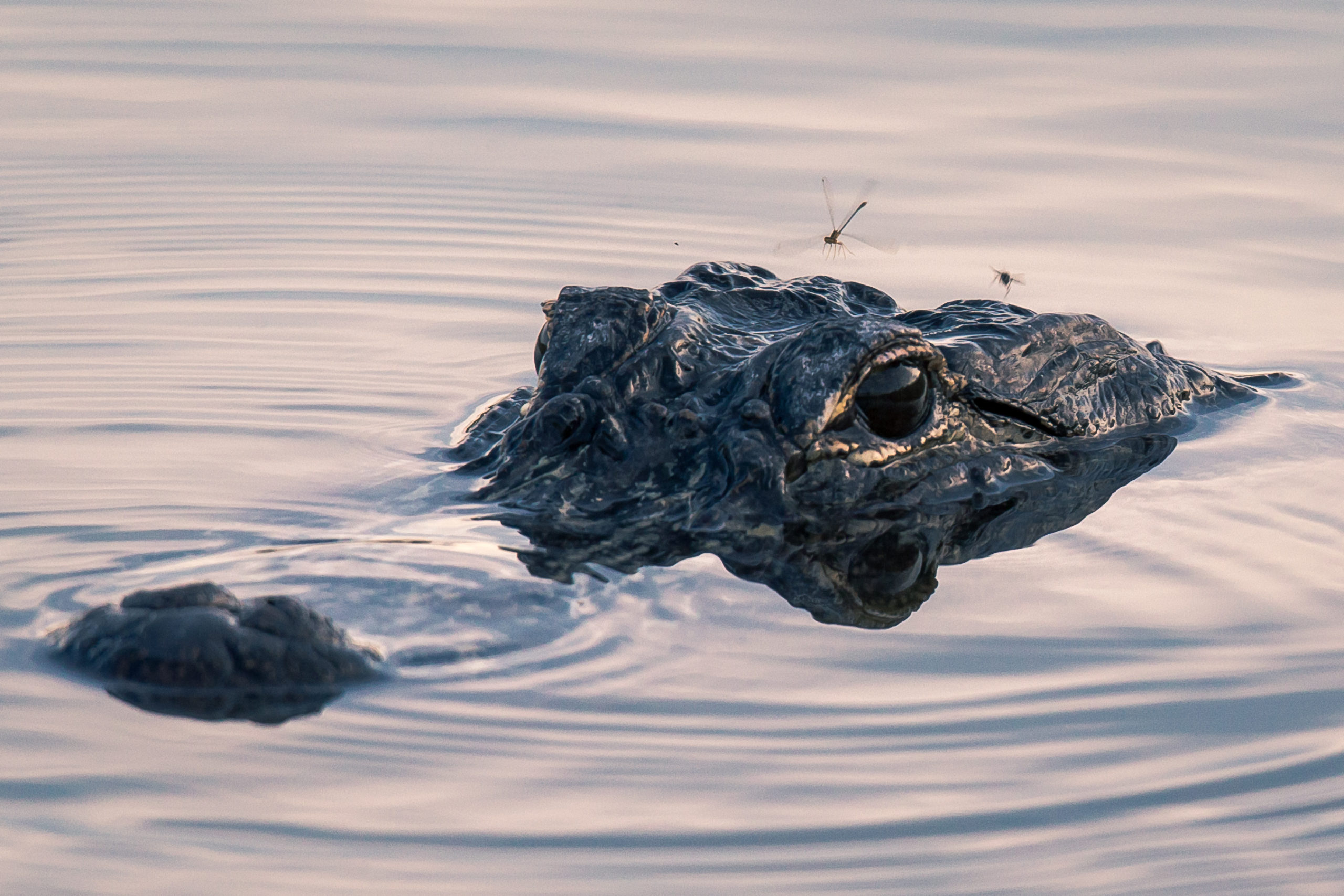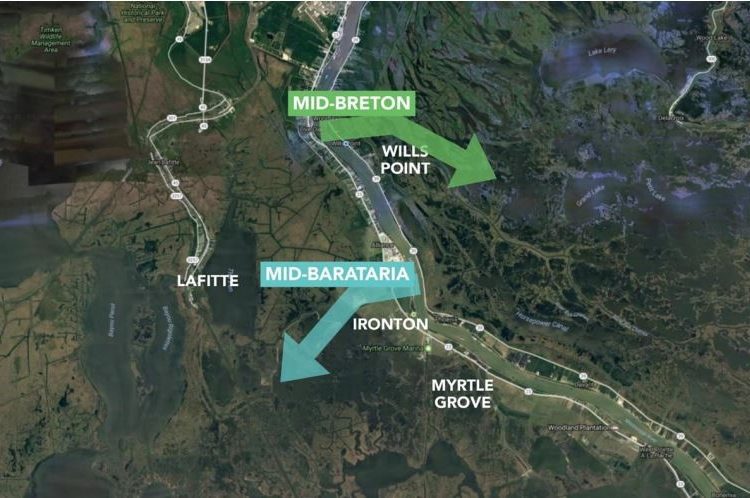We have much more to do and your continued support is needed now more than ever.
Louisiana’s Best Shot: Restoring the Coast by Working With Nature

When most people recall the Deepwater Horizon Oil Spill disaster, they remember picture after picture of oil-covered marshes, pelicans, sea turtles, and other wildlife. Many of those pictures were from the Barataria Basin in Louisiana, which received heavy oiling and is often referred to as Ground Zero for the spill.

Eleven years later, we have an opportunity to advance an innovative project that will help address oil spill injuries and revitalize marshes in the Barataria Basin. The Mid-Barataria Sediment Diversion, the single largest coastal restoration project in our nation’s history, will be funded by restoration dollars from the oil spill settlement. The diversion is a critical step towards building and sustaining a more resilient future for Louisiana’s vital coastal wetlands.
The project was recently open for public comment when the U.S. Army Corps of Engineers released its Draft Environmental Impact Statement for review. It was a prime opportunity to support one of the most important restoration projects ever put forward in Louisiana. Thank you to the more than 11,000 National Wildlife Federation members and activists who submitted comments to show their support for this vital coastal restoration project.
Why is the Mid-Barataria Sediment Diversion needed?
The Mississippi River Delta is an iconic American landscape. Teeming with life in its marshes, swamps, barrier islands, and wriggling bayous. These habitats provide important areas for breeding, foraging, and stopover for a variety of fish, birds, and wildlife, including the American alligator. The delta was built over the last 7,500 years as annual snow melted and the spring rainfall swept sand and mud off 40% of the continental U.S. into the Mississippi River and its tributaries down to Louisiana and the Gulf of Mexico.
Today the future of this iconic landscape is threatened. This landscape is disappearing before our eyes at a rate of a football field every 100 minutes. In the Barataria Basin alone, more than 400 square miles of land have been lost over the last 80 years. Without action, even more wetlands will be lost in this basin. But there is something that we can do.
The land loss happening in the delta is complex and is due to a combination of natural and manmade reasons. These factors include rising sea levels, storms, compaction and sinking of land, dredging of oil and gas canals. Another important factor is the construction of levees along the river that were built to protect communities from floods and provide a reliable navigation channel. However, these levees also cut off the annual flows of sediment from the river into the wetlands. The 2010 oil spill disaster was just the latest assault on these wetlands. The spill has accelerated this habitat loss and is harming the wildlife that depend on this ecosystem.
Instead, much of that sediment is deposited in the river channel or is shunted into the deeper water of the Gulf, passing by the sediment starved wetlands. But, it doesn’t have to be that way. Sediment is the key ingredient to building new land, making our existing wetlands more resilient in the face of storms, and helping maintain their elevation as sea levels continue to rise.

What is the Mid-Barataria Sediment Diversion?
In order to build new land and hold onto as much of the wetlands as we can for years to come, the river must be put back to work to build and sustain Louisiana’s wetlands. Sediment Diversions are restoration projects are gated structures – built into the river levee – that can be opened to let the sediment and water from the river flow into the marshes. The Mid-Barataria Sediment Diversion will be located on the west bank of the Mississippi River, south of New Orleans, and has the potential to divert up to 75,000 cubic feet per second (less than 10% of the river’s flow) from the river into the Barataria Basin.
The loss of wetlands in the Barataria Basin leaves nearby coastal communities, including the Greater New Orleans area, more exposed to the damaging forces of storm events. It also decreases the habitat for wildlife, including the American alligator. In Louisiana, alligators can be most commonly found in coastal marshes.
In the 1950s and 1960s alligator populations dropped due to habitat loss and hunting. Regulation of alligator hunting allowed the populations to rebound, but continued coastal wetland loss threatens their future. The Mid-Barataria Sediment Diversion will help restore and sustain 17,000 acres of wetland habitat for alligators and other wildlife over the next 30 years.
This project has been planned and studied for more than 30 years. In fact, 55 leading scientists expressed their support for it. Now, it’s time to move from plan to action.
Watch this video about the nearby Wax Lake Delta to see how sediment is essential for the future of Louisiana’s coast.





















